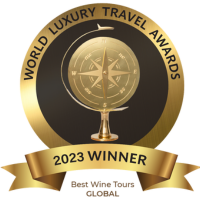- Wine Tour Destinations
The Veneto region stretches from the River Po to the Austrian border, in the north eastern part of the country. It is the 8th largest region in Italy.
The area has been populated since the Stone Age and remains of prehistoric villages have been found in various areas. Remains of its rich history can be found in its beautiful cities and picturesque villages.
Verona
Verona is a listed UNESCO World Heritage site with a rich history. From Roman to Romanesque medieval remains, Verona’s past can be witnessed in every corner of the city.
The stunningly preserved Arena, which is the ancient Roman amphitheatre, stands at the heart of the city. Built in the 1st Century, it used to be just outside the city walls. The Arena is still in use today as a venue for summer concerts, opera and theatre shows and events.

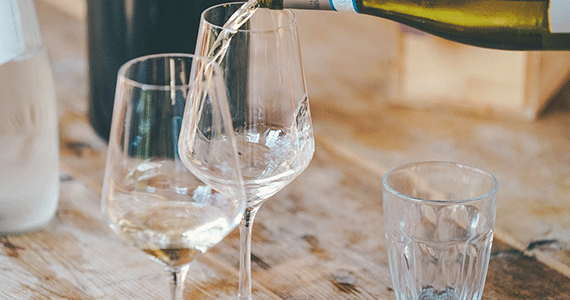
Another testimony of the city’s Roman past is the Ponte Pietra, an arch bridge across the Adige river. Completed around 100 BC, it is the oldest bridge in Verona. Porta Borsari is an ancient roman gate dating back from the 1st Century AD which is also worth a look.
From its medieval past, the Basilica di San Zeno remains with its Romanesque style architecture. The roman catholic church Santa Maria Antica was built in the same style although some parts were later altered to a more Baroque style. The Castel Vecchio Bridge, a fortified bridge built in the 14th Century is also an interesting monument to see.
Verona is considered to be one of the most romantic places in the world; after all, William Shakespeare chose Verona as a setting for two of his plays including the famous Romeo & Juliet. Today you can stop and have a look at Juliet’s balcony. The house was once inhabited by the Cappello family and dates back to the 13th Century; however the balcony was only added in the 20th Century.
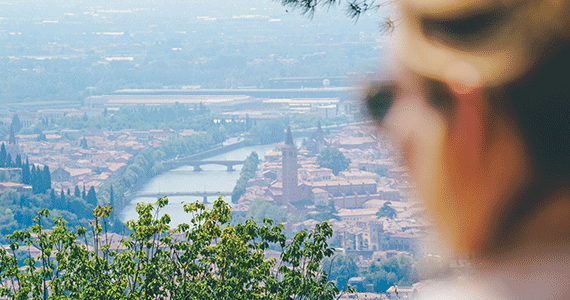
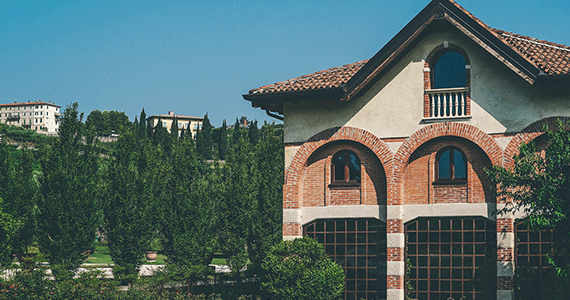
Verona is also famous for its numerous osterie where guests can try delicious local delicacies such as Risotto all‘Amarone, Bigoli pasta (a thick spaghetti) with duck, donkey or horse sauce, gnocchi or polenta amongst others. Osterie are not only about food and you will also find excellent local wines to accompany your regional specialties.
Vincenza
Vincenza is another interesting city of the Veneto region. Dating back from around the 3rd Century BC, the city later became part of the Roman empire. The city was known for its agriculture, brickworks, marble quarry and wool industry, and was sited along the main trade route of the empire.
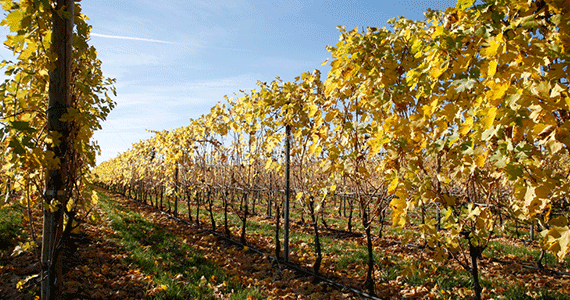
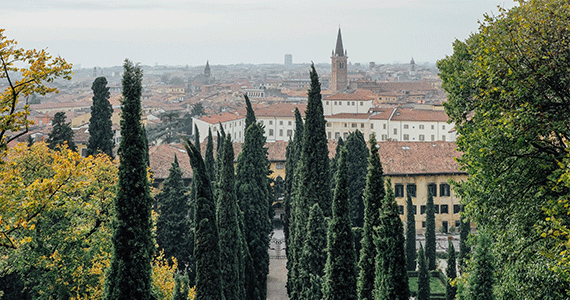
Vincenza is renowned for its Palladian buildings, and the city is home to no less than twenty-three buildings designed by the architect Andrea Palladio. In 1994, UNESCO added “Vicenza, City of Palladio” on its list of World Heritage Sites. In 1996, the protected zone was expanded to include the surrounding Palladian villas, and accordingly renamed “City of Vicenza and the Palladian Villas of the Veneto”.
Lake Garda
Lake Garda is the largest lake in Italy and just under an hour’s drive from Verona. The lake is a breath-taking place surrounded by 25 picturesque villages and it has been widely praised by renowned artists such as Ezra Pound, D.H. Lawrence, Maria Callas and Tennyson, amongst many others. Even the Romans used to holiday in Lake Garda and bathe in the thermal water. From a source rising from below the lake, the waters are rich in sulphur and are thought to have healing powers.


Venice and the Prosecco area
Venice is the capital city of the Veneto region. To find out more about Venice and the Prosecco area of production, have a look at our Prosecco pages.
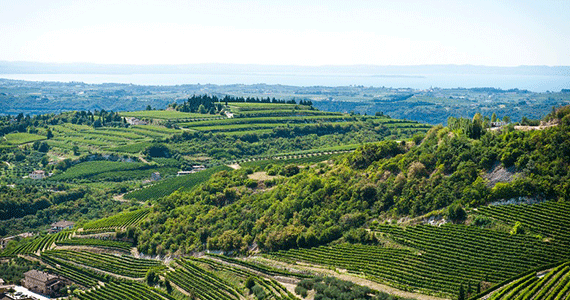
We loved it. It was very well organised.
Nicola - Kent, UK
Around half of our trips are completely bespoke. Our expert team would be delighted to discuss your requirements and create your perfect trip.
Contact Us